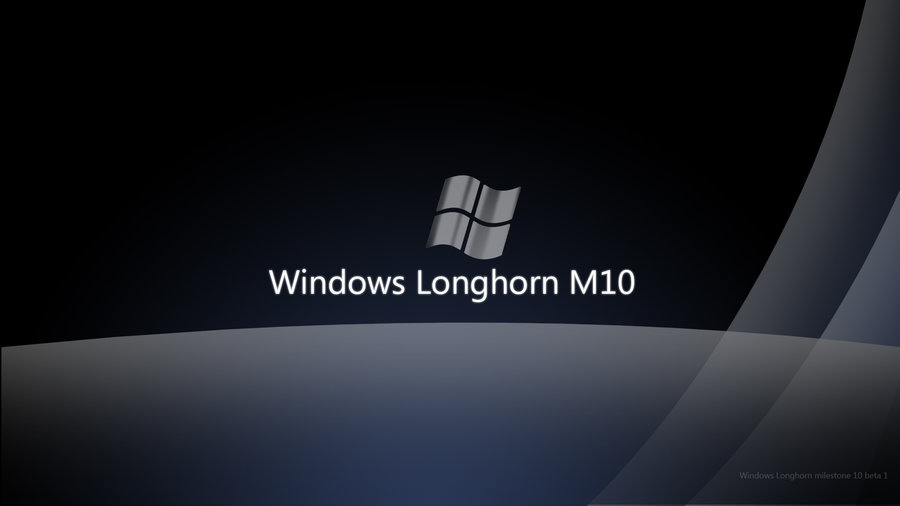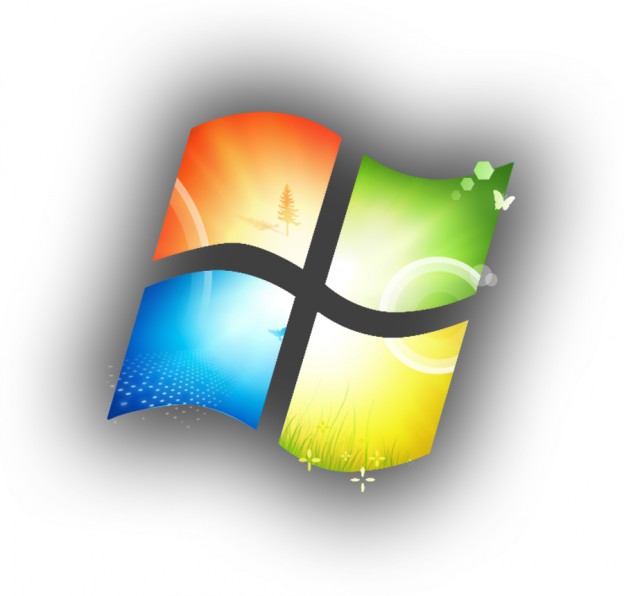

Windows Vista finally reached General Availability on 30 January 2007. The RTM build was build 6000.16386, compiled on 8 November 2006. The final build that was pushed out to public preview testers was Release Candidate 2 (build 5744). Later that year and the next year, many builds were released to testers in a public beta program, with builds dubbed as "Community Technology Previews" (CTPs). Build 5112 (Beta 1) was released to the public soon afterward in July and showcased an early version of the Aero interface, as well as many stability improvements over Windows XP. The first leaked build after development reset was done was 5098. This build showed the progress made since the reset and also proved much more stable than previous builds, despite some concern from insiders of the era. In April 2005, build 5048 was released to testers on WinHEC 2005.

Examples of said features include WinFS and Castles. Development of Longhorn continued, albeit many features originally slated for inclusion were delayed or dropped to produce a more realistic set of goals for the OS. Few builds from this stage of development have been released, officially or otherwise. Most of these builds are similar to Windows XP in the overall look and feel. Immediate post-reset builds were primarily focused on reintegrating features from the pre-reset builds while maintaining stability. On 19 August 2004, the same day as the compilation of 4093, Microsoft reset the development of Windows Longhorn and started fresh using Windows Server 2003 Service Pack 1 as a codebase, starting the Omega-13 period. The last confirmed build prior to the development reset is build 4093.


Only two builds were distributed at conferences and to developers: build 4051 and build 4074. Stability increasingly became an issue as development progressed, and very few builds were publicly released as a result. Many components were extended using the still relatively new. After an initially quiet development cycle, the first build to leak publicly was build 3683, which contained a new theme called Plex, as well as the foundations for WinFS, a subsystem that aimed to bring benefits of relational databases to filesystem storage, and Avalon, a new vector-based user interface framework.Īs development progressed before the reset, Longhorn became a heavily bloated and unstable piece of vaporware, with release dates being pushed back on several occasions. As development progressed, many features slated for Blackcomb became part of Longhorn, and employees jumped ship from other parts of the company, turning into a major version rather than the minor version it was initially planned as. The Longhorn project started in earnest in May 2001, originally intended as a bridging release between Whistler and the later version of Windows codenamed Blackcomb (reference to the bar between two mountains in British Columbia, Canada).


 0 kommentar(er)
0 kommentar(er)
